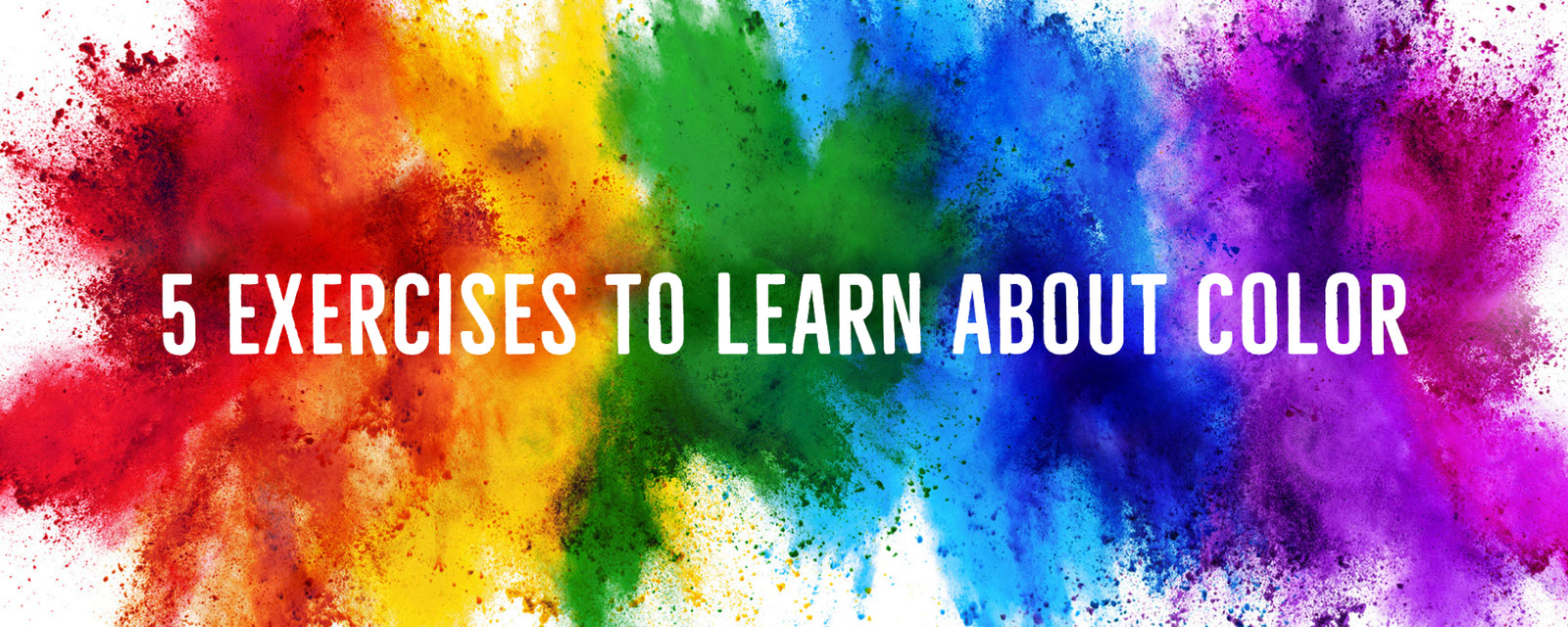Spontaneous and Playful Orange
As summer fast approaches, one color encapsulates the happy, bright, and energetic quality of days in the sun: orange. Traditionally a color low on the popularity scale, orange is making a comeback in pop culture and bringing joyful energy into our hearts through fashion and home decor. Read on to learn more about the meaning behind the color orange, its history, and how you can use orange in your home decor.
Meaning of Orange
Orange is a color that grabs your attention. In its traditional hues, orange is high-energy, vibrant, joyful, and positive. These traits make orange a very social color, often associated with youth, adventure, and creativity. A combination of the joy of yellow and power of red, orange brings about feelings of happiness while also dramatically drawing attention. Orange connects us to nature as well. We see orange in the sunsets of summer, the foliage in fall, pumpkins at halloween, and in a variety of fruits and vegetables all year round.
Orange Throughout History and Across Cultures
Before the 15th century, there was no particular name for the color orange in Europe. According to Arts & Collections it wasn’t until the first orange trees were brought to Europe from Asia that the name orange was associated with this lively color: before then it was simply called yellow-red! Orange has also been used in art as far back as tomb paintings by the Ancient Egyptians. Once a synthetic version of the color orange was produced into paint, the color became even more popular with painters, especially Vincent van Gogh who used the color widely in his paintings.
Orange carries different symbolic meanings across cultures as well. In the United States, the color tends to be a sign of caution, often used in life preservers and construction equipment. In western cultures, oranges can carry negative feelings when used in large amounts, including excess and arrogance. However, the opposite is true in many other cultures and religions. In many prominent Asian religions orange is a holy color, worn by Buddhist monks in their robes and symbolizing transformation in Confucianism.
Orange carries many different meanings and layers of significance across the world, so how can you begin to think about designing with this complex color?
So You Want to Design with Orange?
Designing with orange requires some careful planning. When used in excess, orange can be overpowering and bring a superficial feeling to your spaces. It’s best to start by using orange in small amounts like an accent wall or in home decor such as rugs, pillows, furniture, or wall art. It’s also important to consider the hue and tone you might use depending on the space you are designing. Traditional bright oranges work best in kitchens or entertainment spaces while peaches and pinky-oranges are best for cozier spaces like bedrooms. You can also layer different tones of orange to provide layers, incorporate different textures, or pair orange with its complementary colors blue and purple to add a more contemporary feel.
Looking to start incorporating orange into your daily life through customizable decor? Check out the variety of patterns in different orange shades throughout Domanda Design. Brighten your living room with orange wrapped canvases and pillows or introduce this joyful color into your kitchen with one of our placemats. Looking to bring the energy of orange on the go? Try one of our tote bags or tumblers in an orange hue and pattern that best matches your personal style. The possibilities are endless!
This blog post was written by Emma Becker.



